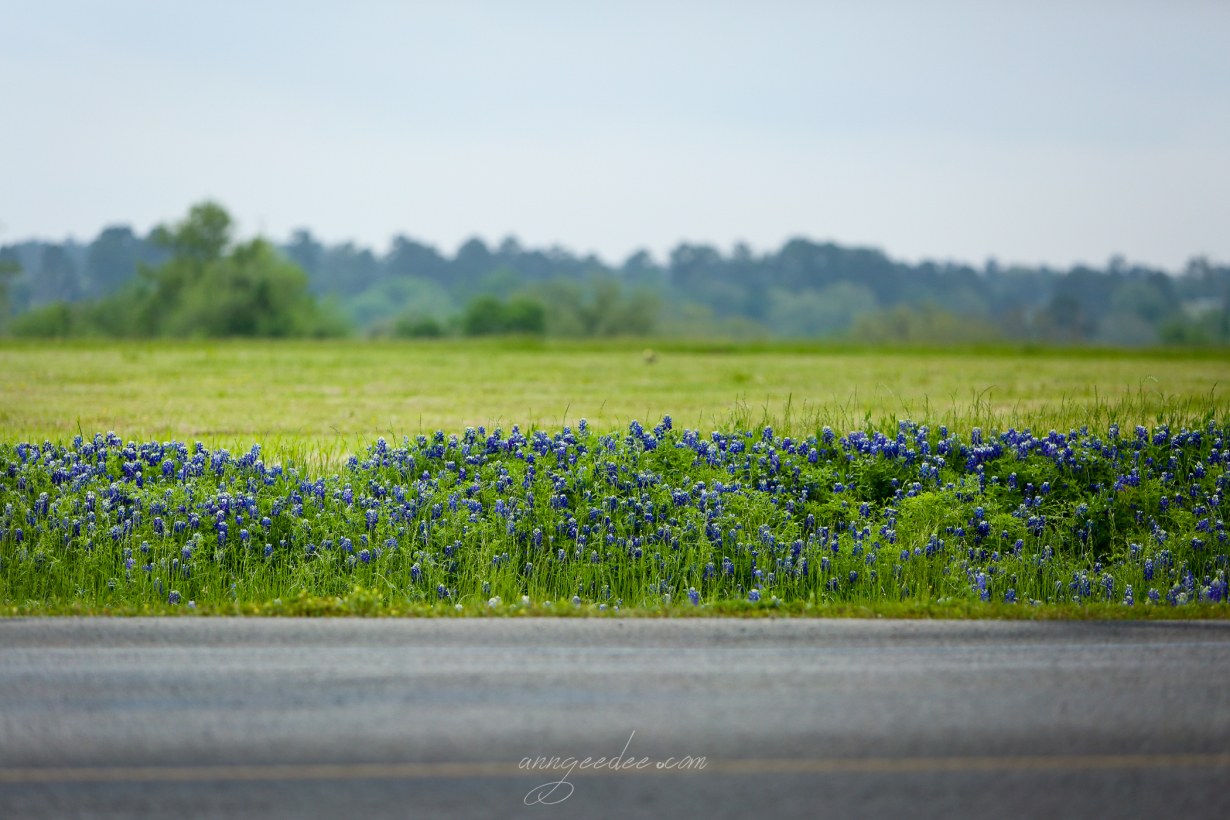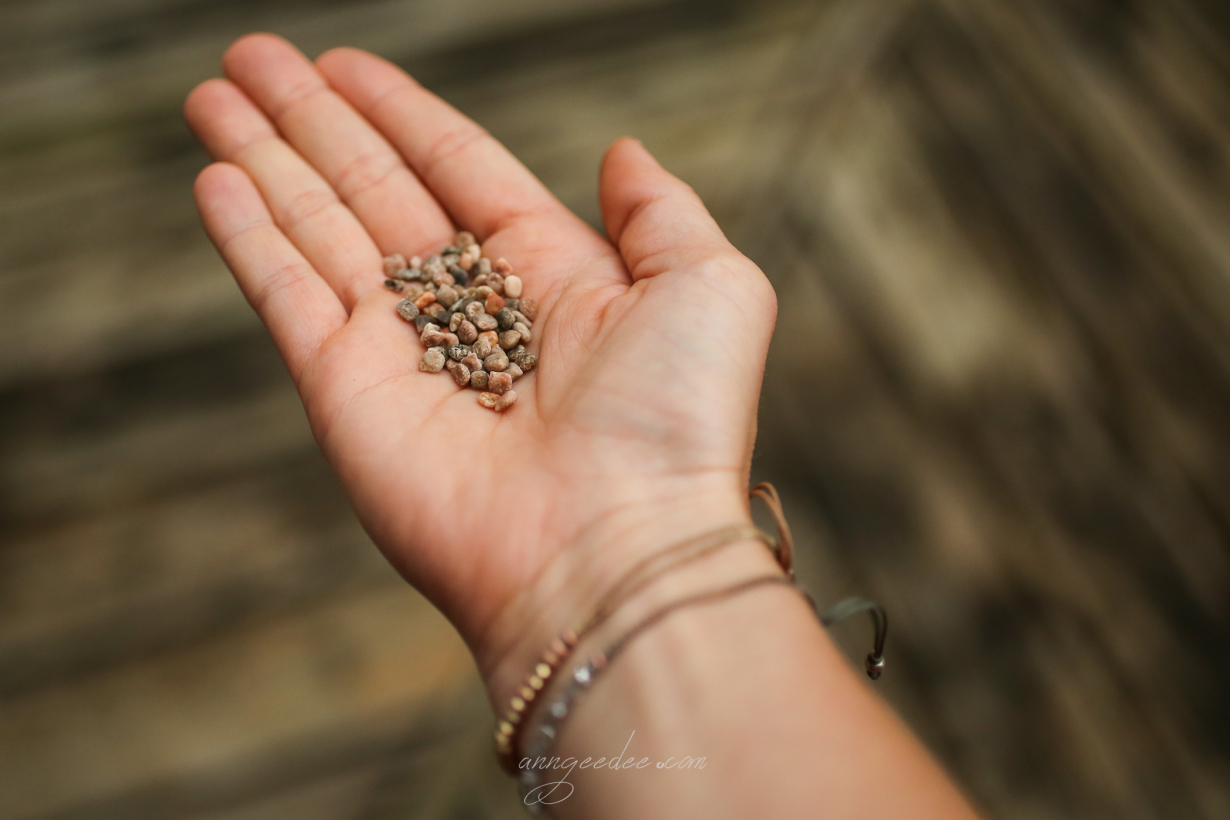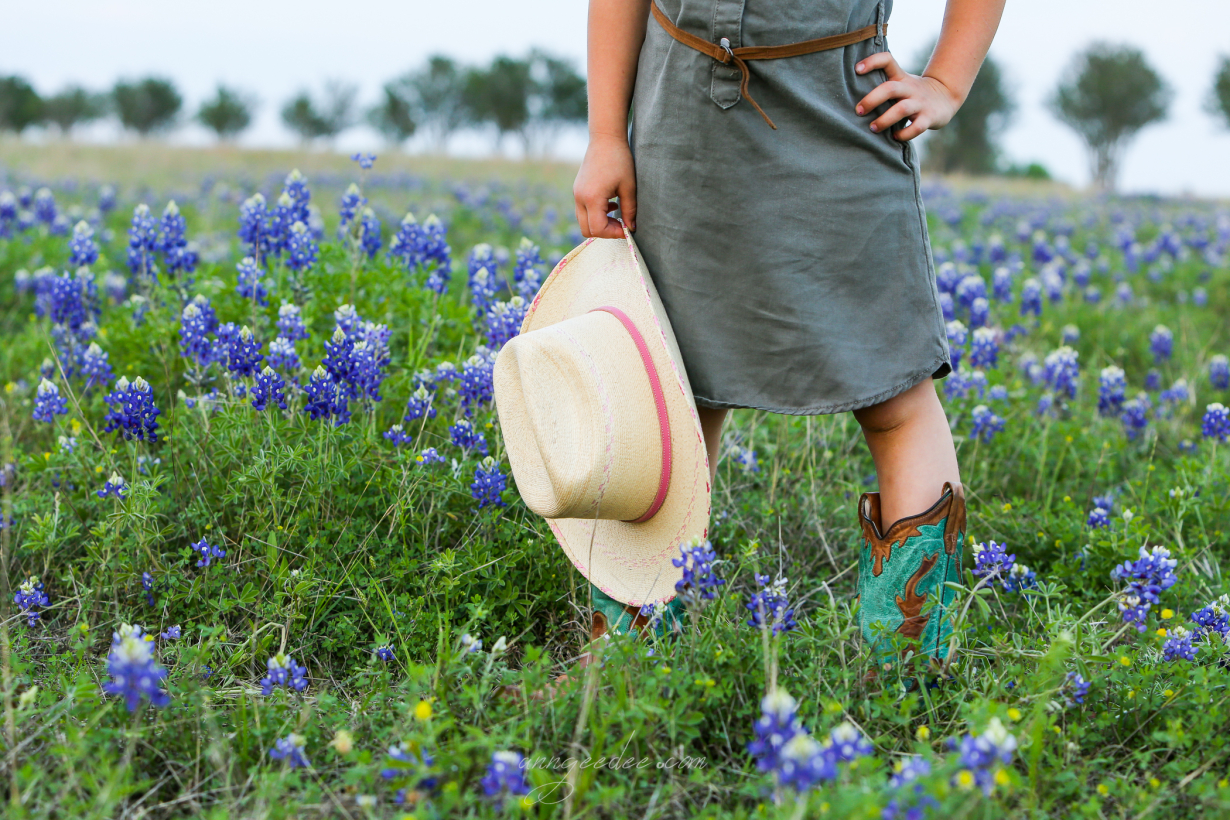Every year, around the end of March in the state of Texas, the bluebonnets start popping up. On the sides of the highways, in state parks, in wide open fields. They grow everywhere.
It’s become one of our family traditions to go out and wander through the fields. Naturally, I always remember to bring my camera along.
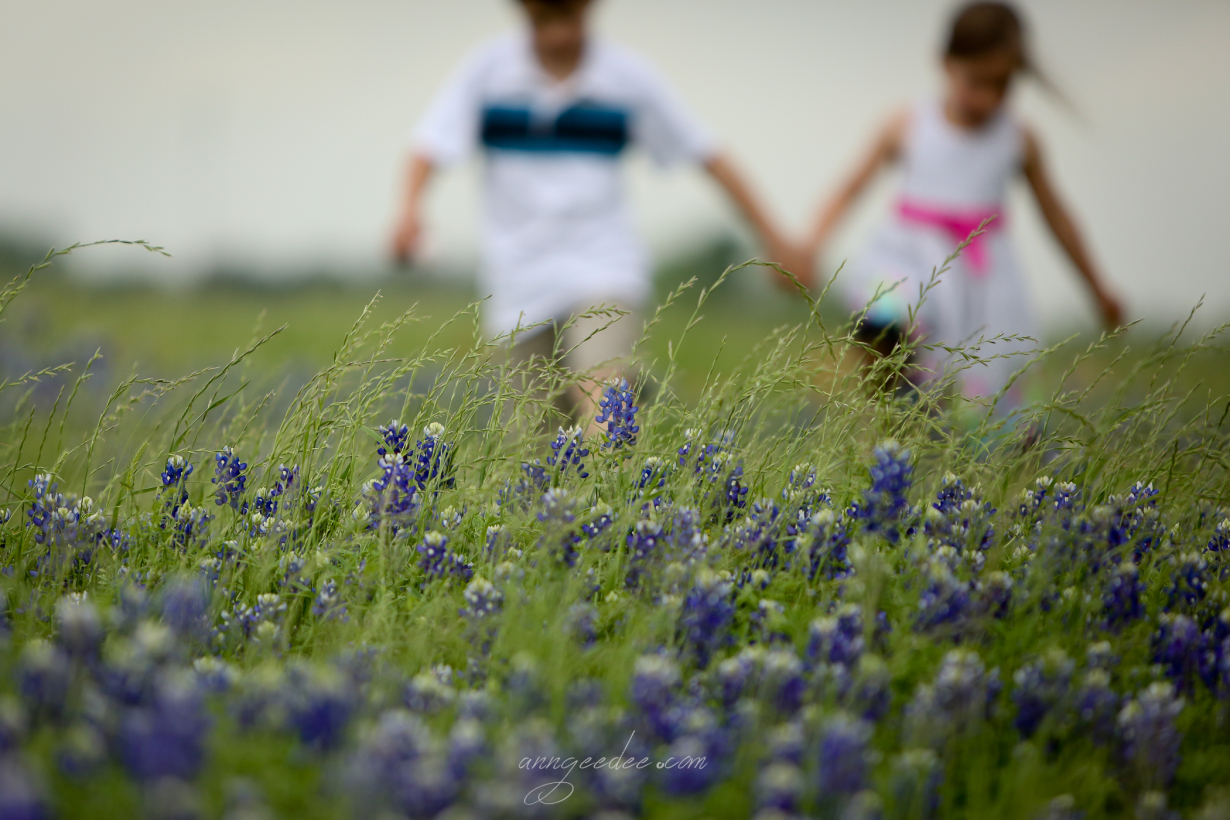 And sometimes, the kids grab my camera and take pictures of me…
And sometimes, the kids grab my camera and take pictures of me…  (The photo above was taken by my son last year, when he was 8.)
(The photo above was taken by my son last year, when he was 8.)
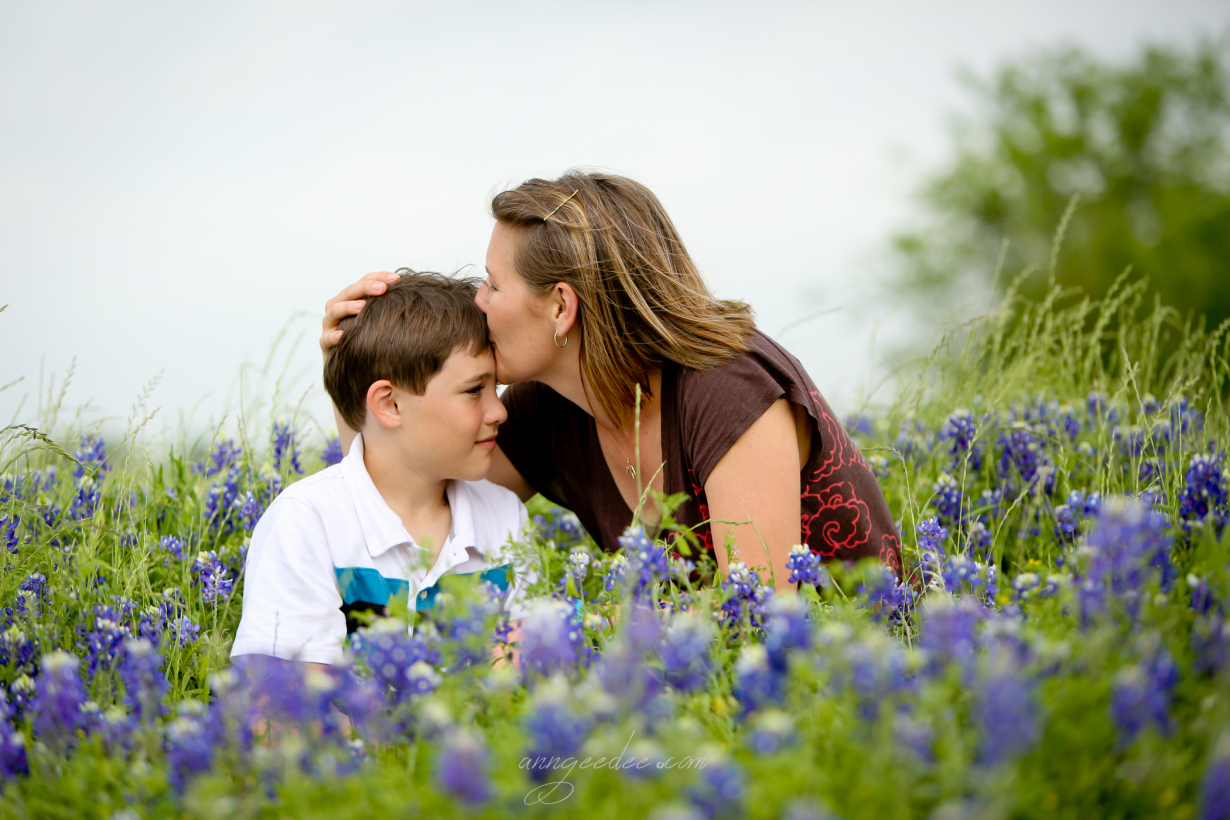 (And not to be outdone by her brother, my then 5-year-old daughter took this one shortly after…)
(And not to be outdone by her brother, my then 5-year-old daughter took this one shortly after…)
The bluebonnet was chosen as the Texas state flower way back in 1901. As historian Jack Maguire so aptly wrote, “It’s not only the state flower but also a kind of floral trademark almost as well known to outsiders as cowboy boots and the Stetson hat.” He goes on to affirm that “The bluebonnet is to Texas what the shamrock is to Ireland, the cherry blossom to Japan, the lily to France, the rose to England and the tulip to Holland.”
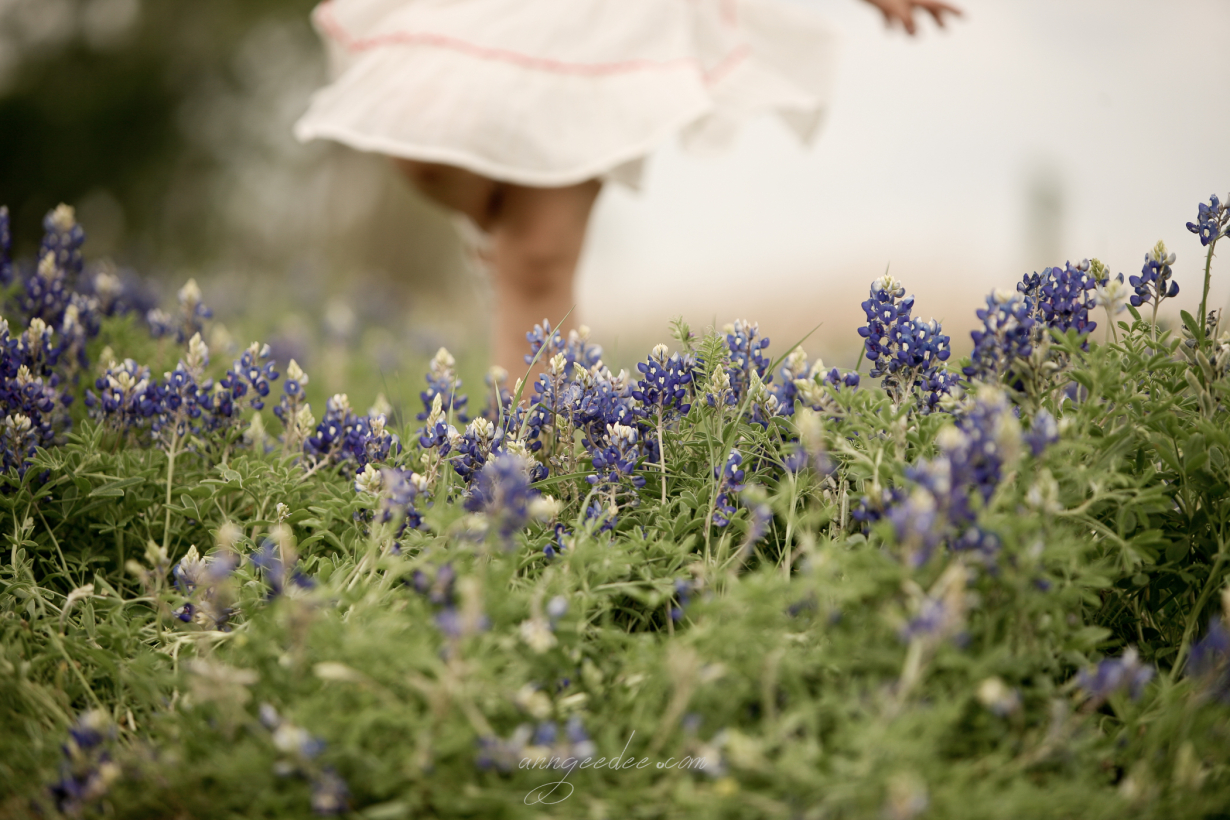 As beautiful as the flowers are, I am also fascinated by their seeds. They look like tiny multi-colored pebbles.
As beautiful as the flowers are, I am also fascinated by their seeds. They look like tiny multi-colored pebbles.
Nature has structured them in such a way that only a small percentage of the seeds germinate during the first season after planting. This delayed germination ensures species survival during periods of less-than-ideal growing conditions such as prolonged drought. Bluebonnet seeds are resilient. They are patient. And when they finally bloom they are delicately beautiful.
Wishing you strength and beauty combined. –Angie
*This post was originally published on Viewfinders.io in April 2015.


